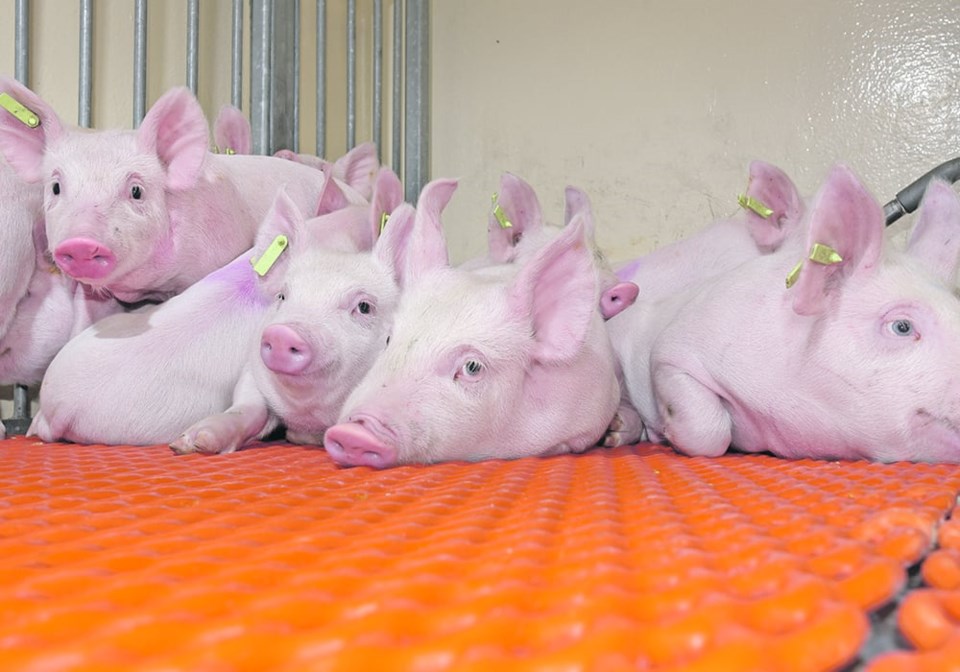DES MOINES, Iowa — Pork and pig prices are heading toward a moment of truth with California’s Proposition 12.
As of July 2, does North America produce enough Prop 12 compliant pork to feed California’s huge population, and what happens to all the pork that gets blocked from the state?
“We’re of the opinion in the United States we have about half as many sows as we need to provide what has historically been consumed in California,” Steve Meyer, the most prominent U.S. hog market analyst, said in an interview at the World Pork Expo.
About 700,000 sows are needed to produce enough pork for California, but Meyer thinks there aren’t more than 350,000 that are housed in open systems that provide more than 24 sq. feet per sow, which is the requirement of Prop 12. The pork from non-compliant systems will wash back into the rest of North America, while California is likely to see shortages.
“You’ll have half the product that has been going to California that legally can’t go there July 2, and it’s going to have to go somewhere else,” said Meyer.
Prices will soar in California, while the glut in the rest of the continent will hammer values.
“Prices fall in order to clear the market,” said Meyer, stating a fundamental market principle.
He estimates pork cut-out values – the price of the meat leaving the packing plant – will fall US $10-15 per hundredweight.
That’s a dreadful outlook for hog farmers, who are already losing lots of money on every hog they market. While prices don’t look terrible compared to recent years, costs of feedgrain and labour have soared in the past two years, causing an enormous squeeze on farmer profitability.
Summer is usually the time for hog market rallies as barbecue season sees consumers buying ribs and chops for outdoor cooking, while hog sizes tend to shrink due to hot summer temperatures. That’s not what futures markets are predicting.
Chicago Lean Hogs futures are below $90 per cwt. through the summer and then fall to below $80 for the fall contracts. For most commercial hog producers, costs have now pushed break-evens on operating to the $80s, so fall prices are likely to see losses for almost all producers.
The fourth quarter of every year is a worrying time for producers as plants face more holiday shutdowns and pig weights rebound in the cooler weather. Meyer doesn’t expect to see a crash in late 2023 because there is still enough packer capacity to kill all the pigs coming to market, although a recent packer closure makes things tight.
Prop 12 complicates the situation. Some are speculating that California’s governor might delay the July 1 implementation of the law, which would ease nearby concerns but won’t change the underlying situation of there likely being far too few compliant hogs to meet the law when it comes fully into force in 2024.
Few foreign pigs are produced in Prop 12 compliant systems, so little pig flow from overseas is expected to occur. Canada’s open housing systems today generally don’t meet the California rules, industry sources say.
Few expect major food companies to flout the law or attempt to sneak non-compliant pork into the state.
The law contains per-sale fines, so costs to scofflaws would mount quickly.
Even if the California authorities chose to not apply the regulations with enforcement, the law allows local district attorneys and private citizens to launch prosecutions of Prop 12 breaches.
“I don’t think there’s anybody that wants to take that on,” said Meyer.
Contact [email protected]

